|
Here at Ferrets and Friends, we have been hard at work training our two newest ferret recruits how to get along with people. Pabu and Abu have just turned seven months old. At this age, young ferrets are gaining more impulse control so they become easier to train. It's important to remember that ferrets tend to play rough so it is part of their nature to be rough with their human friends. Ferrets can be gentle and affectionate pets, but it is our responsibility to teach them how to best communicate with us. We have put together some of our top tips to help with the communication process. Reduce Opportunities to Learn Bad BehaviorsLike most young mammals, young ferrets have a tendency to explore the world with their mouth. New objects are sampled with their teeth. In their excitement, they will nip at stuffed animals, pillows, furniture, electrical chords, shoes, and even their human caretakers. Their mouth-first approach at life will lesson as they get older and many ferrets naturally grow out of their nippy phase. However, if they discover that a nip at an ankle will produce of fun game of tag with their human companion, then that's something they will not outgrow. To minimize bad behaviors, keep unsocialized ferrets away your face, neck, and elbows. Wear long pants and use whatever foot coverings are the least interesting to your ferret (some may chewing socks, while other find endless entertainment in shoes). Gradually expose your ferret to other interactions at times when your ferret has the best chance of success. For example, towards the end of play time when your ferret is most calm, you may snuggle your ferret near your face or allow your ferret to sniff your feet. These interactions should be brief and followed up with positive reinforcement when your ferret shows calm non-biting behavior. Look for Good Behaviors and Reward ThemCommunication is a two way street. As much as we would like to simply tell our ferrets "don't bite me!", we also have to pay attention to their interests and desires. Ferrets tend to be very quiet pets so it is easy to miss some of their cues for our attention. If your ferret is biting your feet in order to get your attention, chances are that you have already missed several other cues that they have tried which caused them to resort to biting. To avoid problem behavior, look for the behavior that you want to see and respond to that behavior. If your ferret walks over to you and looks up at you, acknowledge their presence and offer your attention. If your ferret appears to be in a playful mood, encourage your ferret to play with toys instead of nipping your hands. Reward good behaviors before they figure out that bad behaviors work better. If your ferret has already developed a biting habit, you can reduce this habit by gradually working backwards towards more acceptable behavior. For example, you can teach your ferret to move from biting to lighter nipping, to licking, and eventually to just sniffing. This is done by rewarding the more tolerable behavior and putting a ferret in a time out for the more severe behavior. As your ferret learns, you continue to move the bar closer to the type of interaction that you want to have with your ferret. This technique has worked well for us with more anxious ferrets. If you have a nippy ferret who gets punished every time they bite you, your ferret may interpret these punishments as you not wanting to interact with them. By rewarding your ferret for more tolerable (but not ideal) behaviors, this teaches your ferret what direction to move towards rather than confusion about your interactions. Find What Works Best for Your FerretEvery ferret is different. For some ferrets, scruffing their neck and a soft hiss easily communicates that a nip was unwanted. Others may get more excited and bite harder! Time outs can be effective deterrents for some ferrets, while others may take the opportunity for a nap. It is equally important to find what motivates your ferret. Some may be motivated by treats, while others enjoy a shoulder scratch, or a chance to play with their favorite toy. Each ferret has an individual personality and has different things that motivate them. It is also important to look at the context of a biting behavior. Ferrets that bite while being held may be trying to communicate that they would like to be put down. Some ferrets may bite when they hear high pitch sounds (such as squeaky toys) or smell certain chemicals. These distress bites should be recognized and appropriate changes should be made to their environment (getting rid of squeaky toys or not wearing strong smelling cologne when handling your ferret). Ferrets are quick learners so if you do not see improvement within a week or two of working with your ferret, try a different tactic. For best results, make sure at least one part of your training involves positive reinforcement.
2 Comments
Horses love to run and play in cold weather to keep warm!
Horses have been domesticated for over 6,000 yrs and bred for a large variety of purposes. Originally used for food and transportation, the horse is now used for many sports, games and competitions as well as still finding their place as a work animal in some cultures. A mare's gestation period is around 11 months, after which a foal should stay with their mother for 5-6 months. Most male horses (colts) are gelded around 18 months of age, while females called fillies are generally left intact. The age at which a colt is gelded is often based on their temperament, as leaving a quiet and non-studish colt intact until they begin work under saddle can improve strength and muscle tone. In the wild horses exhibit short bursts of activity followed by long periods of quiet grazing, socializing and gentle playfulness. Socializing is an important part of the herd dynamic, and can be fascinating to watch! Although often thought of as high spirited and with lots of presence, the horse is a prey animal who often communicates silently though body language. It is important to understand your horses language to keep yourself safe together, as well as to establish a healthy bond with your horse! Whether as a companion or a sporting partner, a minimum of two acres of turnout area per horse is necessary. Any turnout area needs to have a shelter that the horses can access at will with three walls and a roof. A 12ft x 18 ft run in shed is adequate for 2-3 average sized horses if they get along quite well.
Horses need a mainly forage diet. Forage includes grass, hay, and beet pulp which may be added to high quality feed as a supplemental form of forage. Horses can be fed as much forage as they will eat, with care being given to limit the sugar intake from hays such as alfalfa. Supplemental cereal grains may be added up to 1/2 lb of grain per 100 lbs of horse. As a social and herd animal, horses should be kept on the same property as other equines. Kept alone, a horse will develop depression and/or anxiety greatly dampening their quality of life and even their life span. They get along well with not just other horses but also ponies, donkeys and mules. Some highly anxious horses and those who can't be kept with other horses for special reasons (such as a stallion) even enjoy having a goat as a companion who can join them in the field, stall and away from home at competitions! Animal Care Costs per Month
While keeping a companion horse at your own farm with ample grass will save a lot on board and extra hay, a horse in training or at a boarding facility will require a lot more to keep healthy and happy! A young or green (inexperienced) horse, or any horse who is being used for competition will need professional training either continually or as a tune up from time to time. Since riding is a sport in which your equine team mate can't verbally talk to you, it is recommended to always take lessons in riding and horsemanship no matter what your experience level. Even Olympic Dressage riders still take lessons from one another! Horses require a high level of skill and knowledge to care for and shouldn't be taken on lightly. They can be very costly and have a longer life span than many other pets. Intelligent and social, horses form a strong bond with their herd mates including their human and thrive on routine and consistency. Many if not most behavioral problems leading to dangerous behavior can develop from the misunderstanding of equine language and the separation caused by buying, selling, and moving horses from farm to farm. A happy horse has the same owner for most or all of their life, with a stable long term herd at home. With appropriate time, research and work put in a horse can be a sport and adventure partner and companion like no other!
Domesticated rabbits come in a huge variety of colors and sizes, from netherland dwarf (at 2-5 lbs) to the Flemish Giant (at 30 lbs or more). It’s a common misconception that rabbits stay small as some breeds of rabbits can reach lengths of up to four feet long. Rabbits should stay with their mother for the first eight weeks. By four months of age, it is recommended that they are taken to a knowledgeable veterinarian to be spayed or neutered in order to prevent reproduction related cancers. Rabbits tend to be most active at dawn and dusk. Their favorite activities include digging, jumping, and napping (as many as 18 naps per day!). Most rabbits enjoy exploring their environment and require mental and social enrichment to prevent boredom. Cardboard boxes with plastic eggs that are filled with food or treats encourage your rabbit’s natural foraging behavior. Happy rabbits will often jump into the air and twist the back half of their bodies (this is known as a “Binky”) while one that is comfortable in their surroundings will flop onto their sides and show their bellies. Some may even roll over. There are many ways to house your rabbit but it is recommended that their space is at least 4-6 times the size of their body when they are entirely stretched out. More space should be provided if they will be confined for most of the day. An example of one space guideline is “at least 8 square feet of enclosure space combined with at least at least 24 square feet of exercise space, for 1-2 rabbits, in which the rabbit or pair can run and play at least 5 hours per day.” You can build your rabbit a two-story “condo” with the floors connected by a ramp, commonly called an C&C cage. You can also buy a hutch or set up an xpen which allows you to fit the sides of your rabbit's house to almost any space you have available. One of the most important things about setting up an enclosure is to have a sold, non wired, floor. When a rabbit stands on a wired floor for too long it will cause deformities in their feet.
A rabbit’s diet should be made up of good quality pellets, fresh hay (timothy or other grass hays), water and, fresh vegetables. Anything beyond that is a “treat” and should be given in limited quantities. Good quality rabbit pellets should be relatively high in fiber (18% minimum fiber) and the main ingredient should be timothy hay. The majority of the house rabbit diet should be composed of grass hay (about 75-80%), fresh greens (15%), good pellets (10%), and treats/fresh fruit (less than 5%). A more in depth break down on rabbit diet can be found here (https://rabbit.org/what-to-feed-your-rabbit/) Bunnies are very social creatures. It is often recommended that you have two rabbits in what is called a bonded pair. Having a pair can prevent depression which may cause them to neglect grooming and develop other health issues. You can often adopt a pair that are already bonded and some rabbit rescues offer bonding classes that help to bond your rabbit with a new bond mate. Rabbits are susceptible to a variety of health problems if they do not receive proper care. A common health issue is overgrown teeth which may require grinding by a healthcare professional. As rodents, their teeth continuously grow and this growth is normally managed by their diet and chewing behavior. Rabbits can also develop sore hocks, causing areas of the feet to lose their hair and the skin to look red or inflamed. To prevent this, owners should ensure that they have plenty of soft surfaces such as carpets or fleece in order to lessen the amount of hard surfaces they stand on. Other common health issues are fleas/mites, gas (as they can not expel gas on their own it may become a serious and life threatening health issue), stasis (this very serious condition is life threatening if not treated within 12-24 hours), and upper respiratory infections. Overall, rabbit can be social and affectionate pets for owners who are willing to put in the time and energy to meet their care needs. Owners should be prepared to do their research as there are many misconceptions about rabbit ownership in regard to their diet, health, and other needs. Animal Care Costs (2018 Prices): Set Up
Animal Care Costs (2018 prices): Annual Maintenance
|
About the blogFerrets and Friends, LLC has four writers bringing you information on a variety of topics from pets to wildlife, education to conservation, and from new developments in our business to information about our industry. Learn something new each week! Archives
August 2020
Categories
All
|
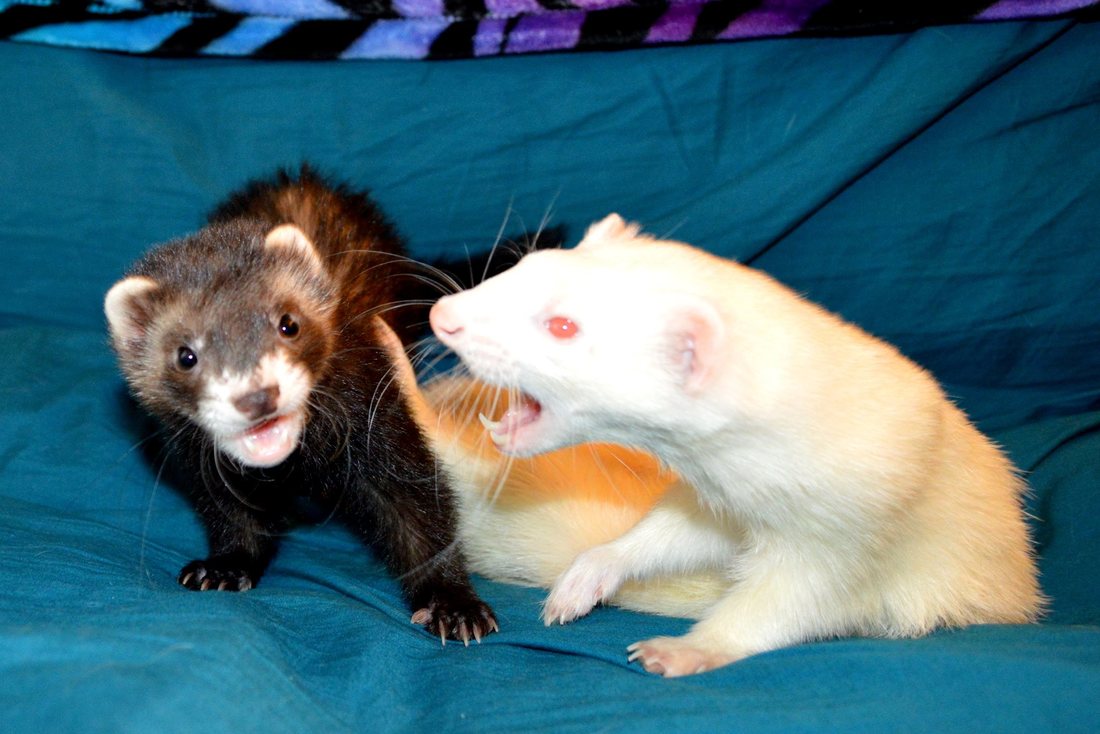
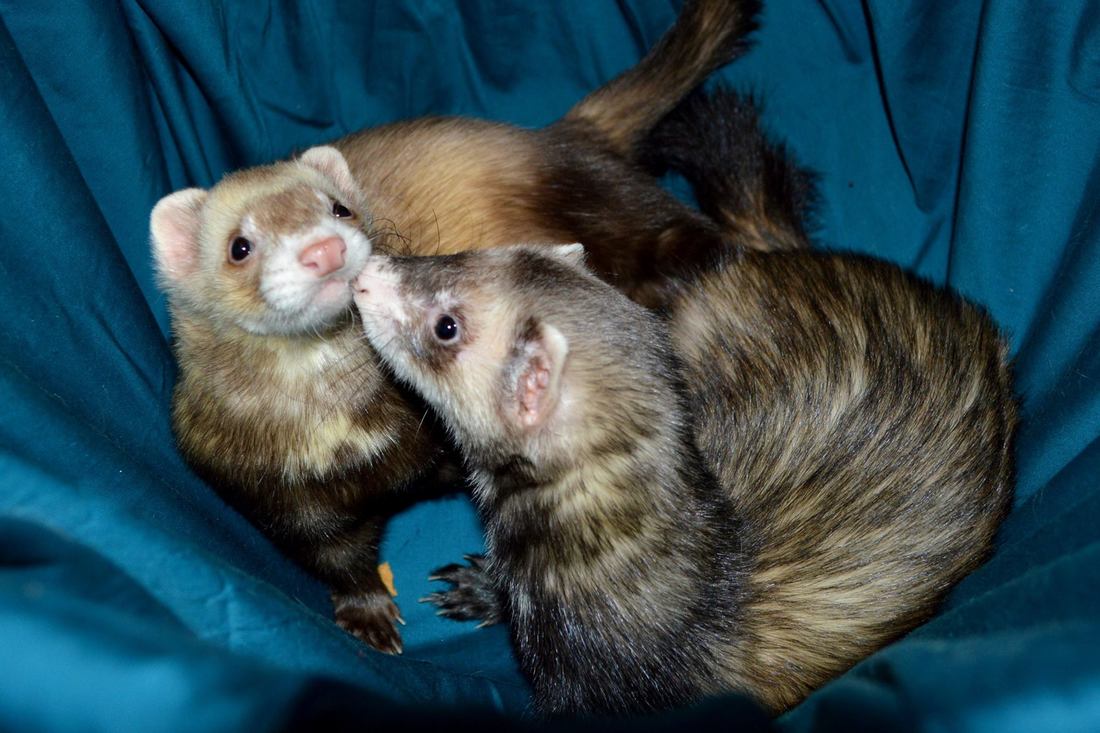
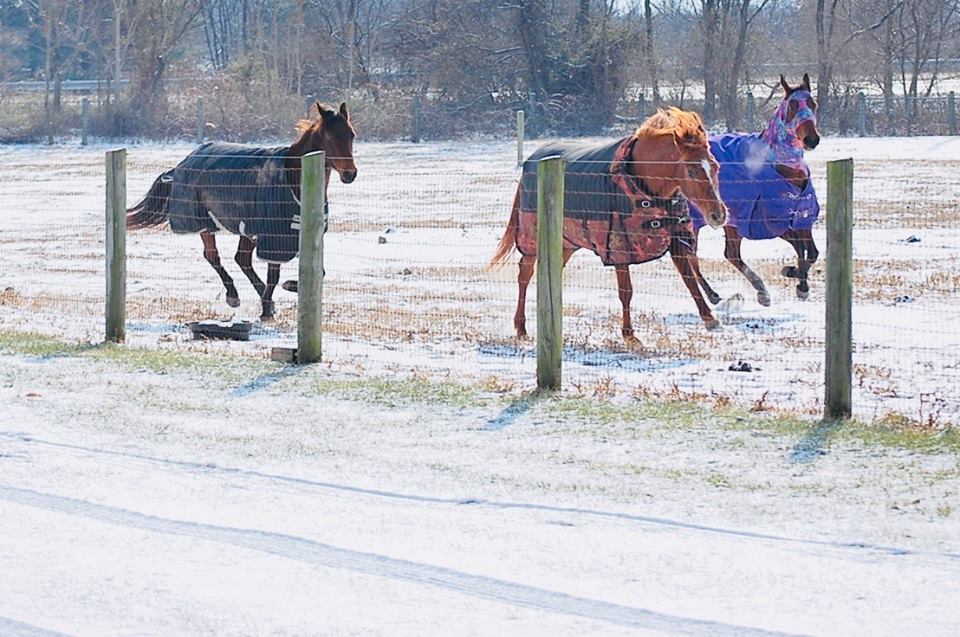

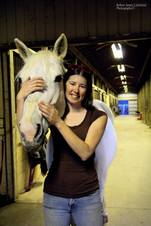
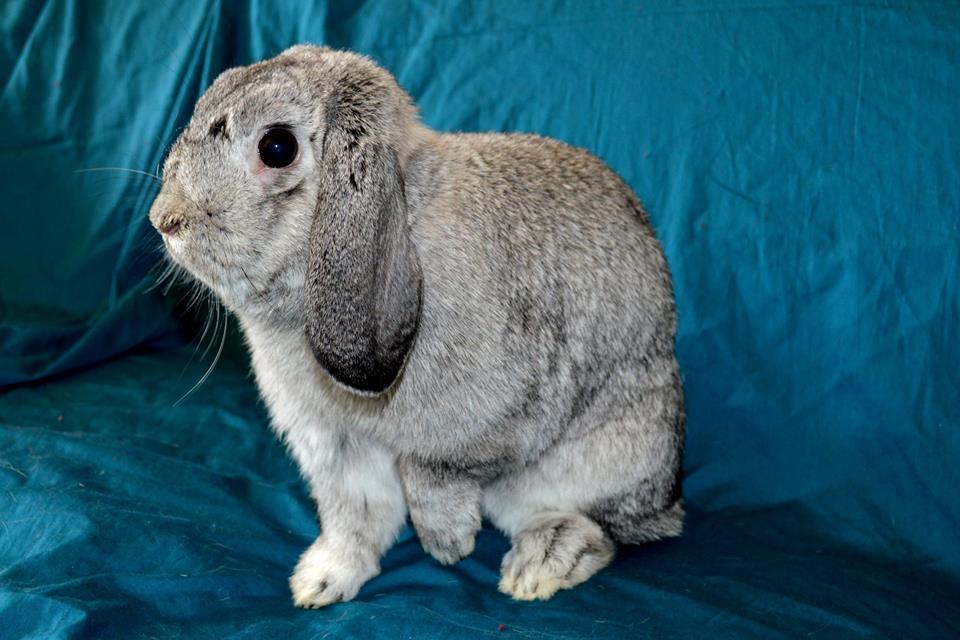
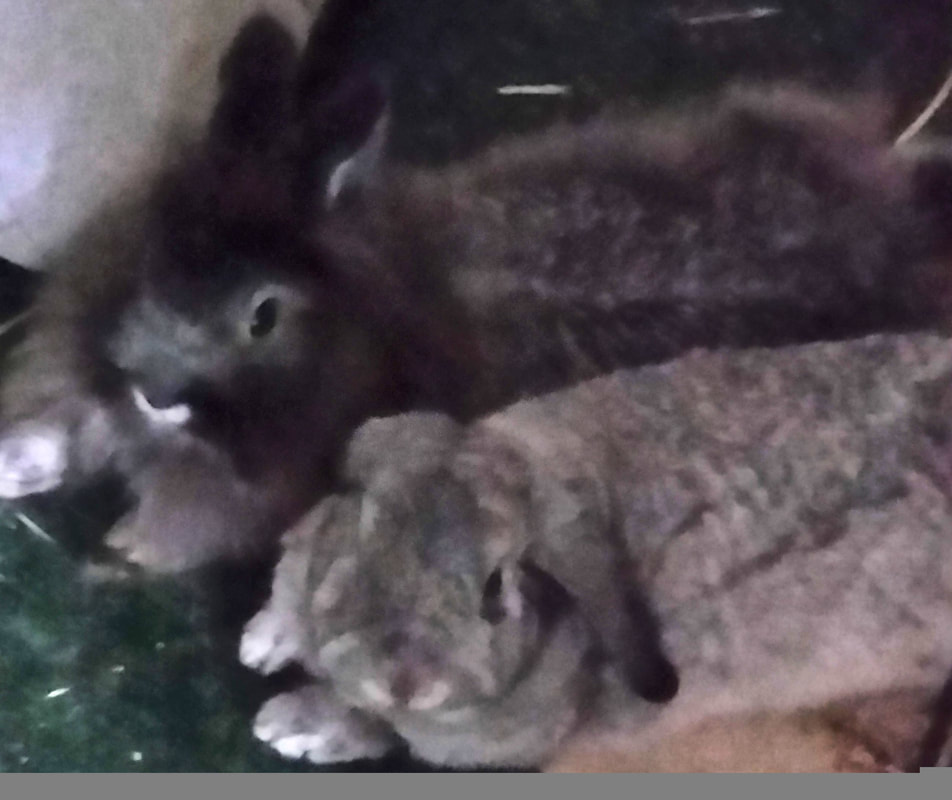
 RSS Feed
RSS Feed